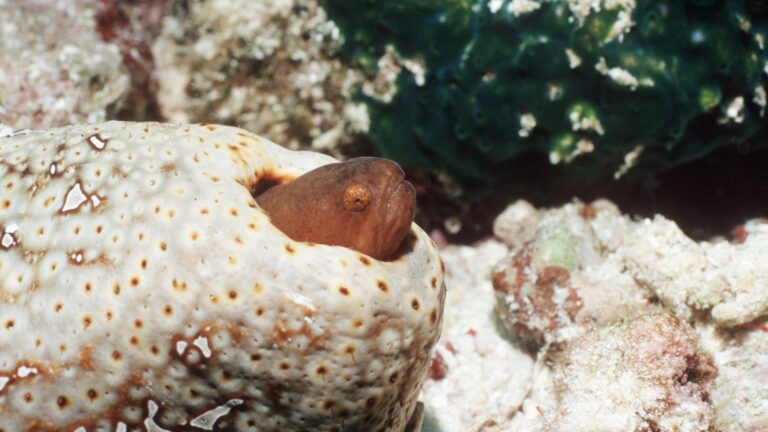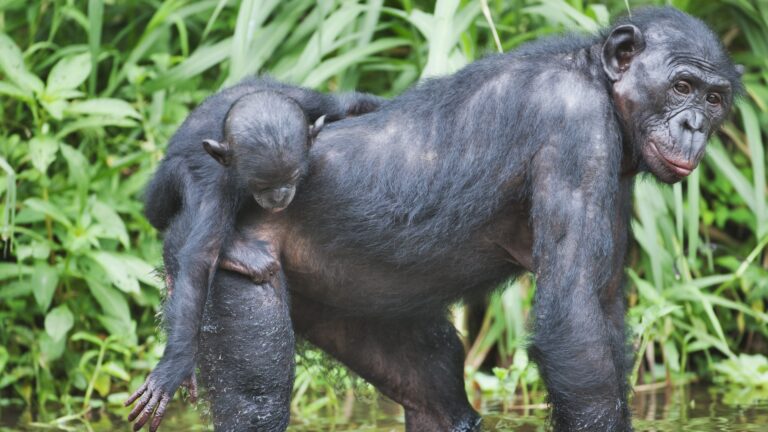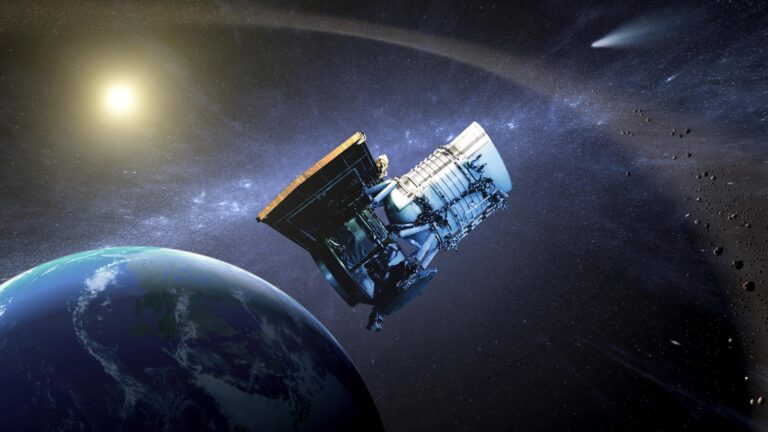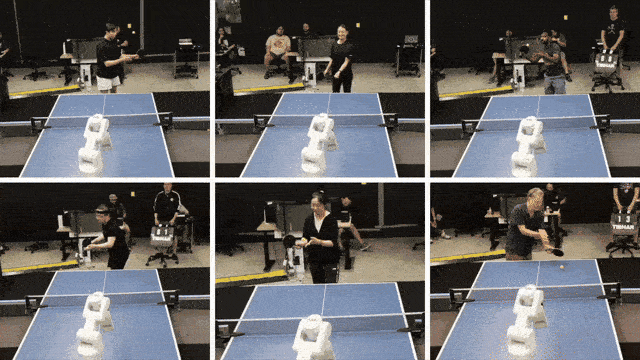Pearlfish: The eel-like fish that lives up a sea cucumber’s butt

This slimline, eel-like fish has no scales for protection so chooses to use a sea cucumber’s sphincter for safety.
Science and Technolgy blog

This slimline, eel-like fish has no scales for protection so chooses to use a sea cucumber’s sphincter for safety.

Scientists hope to accelerate the development of human-level AI using a network of powerful supercomputers — with the first of these machines fully operational by 2025.

Editor in chief Nancy Shute discusses frogs and chytrid fungus, trilobite fossils and a dinosaur named after the Norse god of mischief.

A sign of our past? Deaf experimental psychologist Rain Bosworth has found that babies have an intrinsic ability to recognize sign language, Meghan Rosen reported in “Primed to sign” (SN: 4/26/24). Reader Suzanne Lijek wondered if our innate sensitivity to…

Sports mastery is about much more than physical capability — it shapes the brain, too.

8 must-see destinations for your (future) Mars vacation

Humans are not the only organisms that have periods — some animals do too, but scientists still aren’t sure why.

Experts tell Live Science what it means to “hit the wall” while exercising and how to avoid it.

NASA’s asteroid-hunting NEOWISE space telescope will soon plunge into Earth’s atmosphere and burn to bits. Here’s a look back at its epic mission that defied all expectations.

Google’s DeepMind has been used to train a robot arm to play table tennis, and it beat human players.